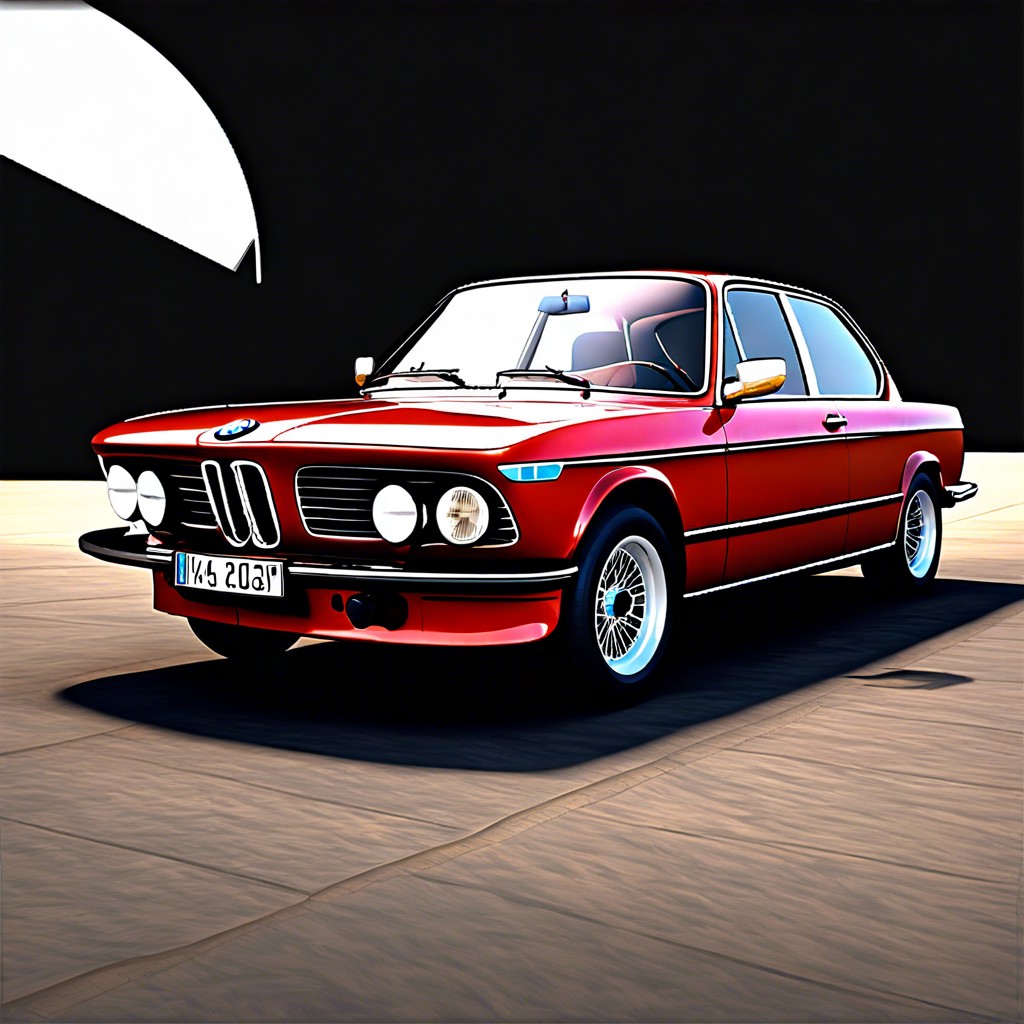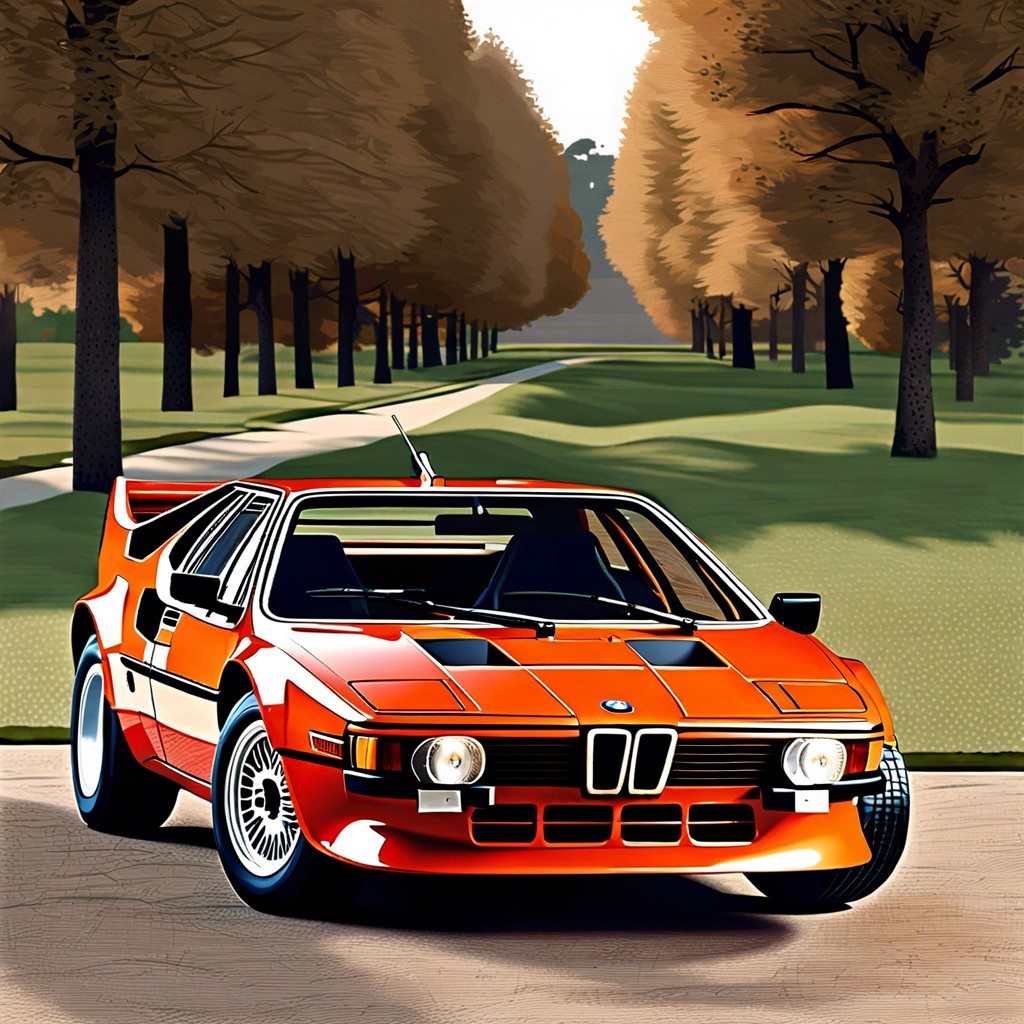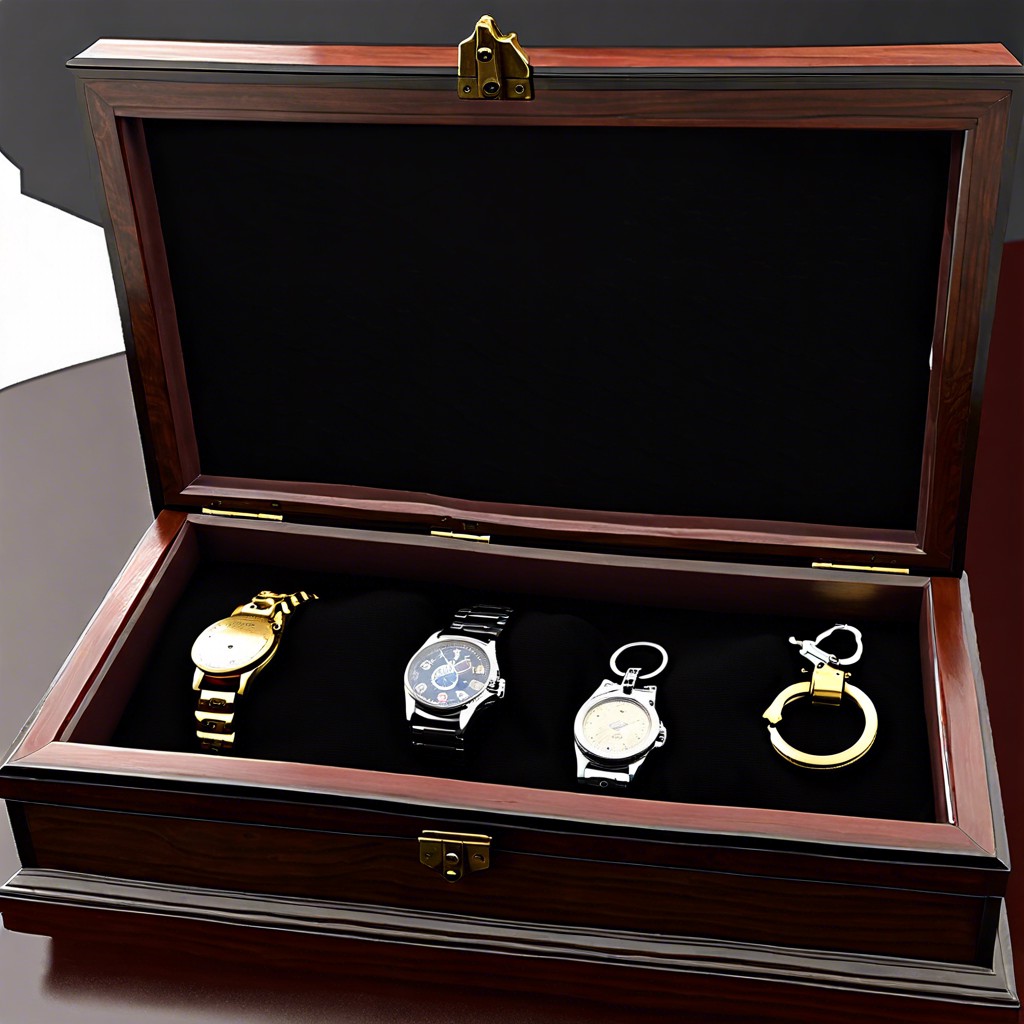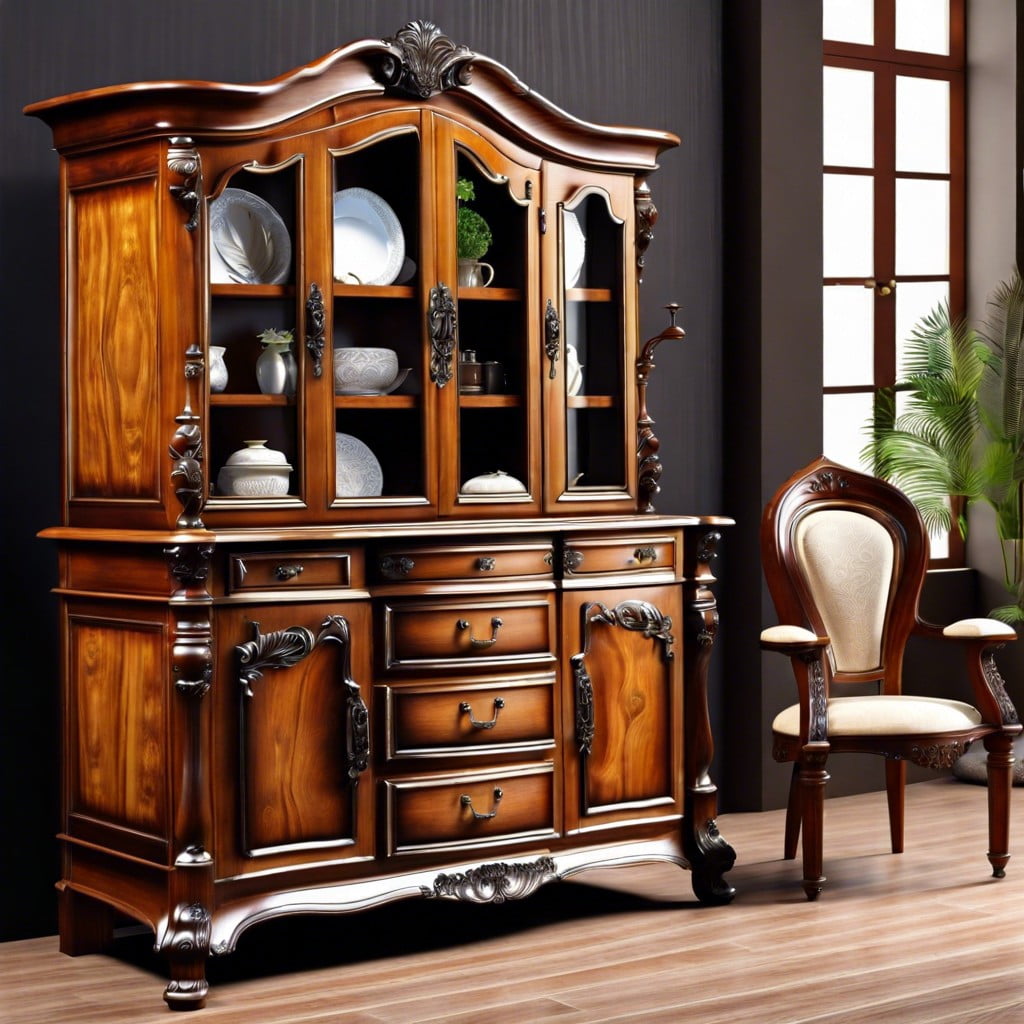Last updated on
Discover the enduring appeal of old BMW models and why they still rev the hearts of car enthusiasts today.
Key takeaways:
- BMW’s design philosophy evolved from post-war utility to luxury.
- Classic BMWs introduced innovations like independent suspension and fuel injection.
- Iconic models include the BMW 507, BMW M1, and BMW Z8.
- The BMW 507 was a rare and sporty game-changer.
- The BMW M1 showcased BMW’s mid-engined performance and racing pedigree.
Evolution of BMW Design: From Post-War Utility to Luxury Icon

Post-World War II, BMW shifted from aircraft engine production to automobile manufacturing, desperately needing a business reboot. The result? The 501, affectionately called the “Baroque Angel.” Its luxurious and spacious design set BMW on a path toward high-end market segments. As years passed, BMW’s design philosophy evolved further, focusing on aesthetic appeal alongside engineering excellence.
The 1960s and ’70s saw BMW cementing its reputation with models like the 2002 and the elegant 3.0 CSi, blending sportiness with sophistication. The introduction of the 7 Series in 1977 marked BMW’s undeniable entry into the luxury segment, offering advanced technology and plush interiors, which attracted a global clientele. This focus on luxury, combined with distinctive styling—involving sharp lines and the famous kidney grille—continues to influence BMW’s design philosophy today.
BMW’s journey from building practical sedans to creating some of the most coveted luxury vehicles and sports cars is a testament to its adaptability and excellence in design, as it continues to combine tradition with cutting-edge technology, remaining a significant player in the automotive industry.
Pioneering Engineering: Exploring Mechanical Innovations in Classic BMWs

Classic BMWs are masterclasses in mechanical innovation, each model showcasing unique engineering breakthroughs that set them apart during their time.
One groundbreaking feature was the introduction of independent suspension systems. Beginning with models in the early 1930s, this tech enabled better handling and comfort, especially noticeable when taking a corner at speed—a real treat if you’ve ever had the pleasure of driving one on winding European roads!
Then came fuel injection technology with the 2000 TI and TII models in the 1960s. This advancement allowed for more efficient fuel consumption and improved performance, marking a significant leap from the carbureted engines that were the norm. In layman’s terms, your car got more zip while burning less fuel—an early nod to going green, long before it became mainstream.
Lastly, the development of the world-renowned M1 in 1978 featured a mid-engine layout, unusual for BMW at the time. This not only balanced the car’s weight distribution perfectly but also made it look pretty darn cool. Who wouldn’t want to zoom around in something that balances like a ballerina and roars like a lion?
Each of these innovations played a crucial role not just in the evolution of BMW but also in influencing the wider automotive industry.
Iconic Models and Their Stories

The 1955-59 BMW 507 has etched its place in history with its stunning curves and breathtaking performance, making it a covetable piece for collectors. Originally aimed at the American market, its high price tag limited its production, adding to its exclusivity and allure today.
Zooming into the 1970s, the 1978-’81 BMW M1 showcases the ambitious dive of BMW into the mid-engined sports car arena. Not just a beauty, the M1 was a beast in motorsport, particularly in the Procar Championship Series. It was born out of a failed collaboration with Lamborghini, which only adds to its storied history.
Lastly, the turn of the millennium brought us the 1999-2003 BMW Z8, a nod to the classic 507 with its retro-modern design. Featured in ‘The World is Not Enough’, a James Bond movie, it combines cinematic glamour with exhilarating performance, boosted by a powerful V8 engine.
These models illustrate BMW’s evolution from post-war utility to a beacon of luxury and innovation, captivating the hearts of enthusiasts and collectors alike.
1955-59 BMW 507

The BMW 507 was a game-changer when it hit the road in 1955. Designed by the legendary Albrecht Goertz, it was supposed to lure the wealthy American drivers away from their usual Cadillacs and Mercedes. Its sleek body and V8 engine did just that, but perhaps too well! Slotted neatly between the utilitarianism of earlier models and the luxury that BMW would become synonymous with, the 507 was both sporty and chic.
Its production was limited to just 252 units, making it an exceedingly rare gem today. Can you imagine the faces at the car meets when someone rolls up in a 507? Priceless, just like the car. Each 507 was hand-built, which contributes to their uniqueness and varying quirks from one model to another. Sure, it might not have been the cash cow BMW hoped for at the time, costing much more to produce than it sold for, but it paved the way for the brand’s prestige and helped establish BMW as a true contender in the luxury car market.
1978-’81 BMW M1

The BMW M1 dazzled the automotive world as BMW’s first and only mid-engined model to date, making its debut in the late 1970s. A brainchild of a collaboration with Lamborghini, the M1 boasted a body designed by Giorgetto Giugiaro, characterized by dramatic wedge shapes that screamed speed even at a standstill.
Equipped with a 3.5-liter six-cylinder engine, the M1 was not just about looks; it was built to perform. This engine, known for its robust 273 horsepower, enabled the car to sprint from 0 to 60 mph in just 5.6 seconds, a formidable figure during its time.
Beyond its technical capabilities, the M1 held a special place in BMW’s history by birthing the M division, now synonymous with the brand’s high-performance models. Each M1 was hand-built, adding a layer of exclusivity with only 453 units produced, making it a rare gem in the classic car market today.
For motorsport enthusiasts, the Procar Championship Series, which was specifically created for M1 owners and held before Formula 1 races, is a testament to its racing pedigree, having attracted racing legends like Niki Lauda and Nelson Piquet.




